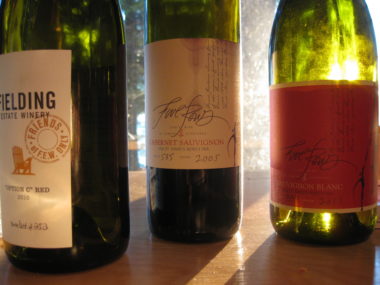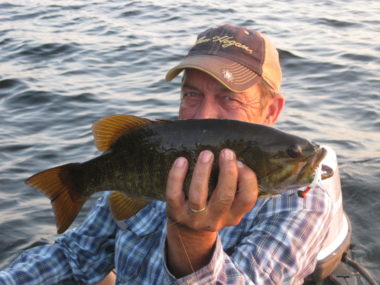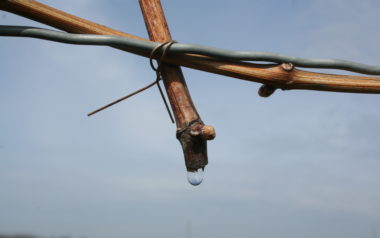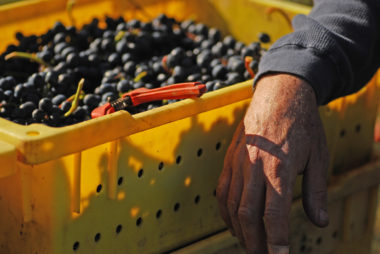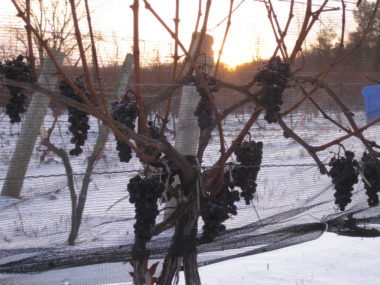Five Rows would like to sincerely thank Mike Di Caro and Suresh Doss of Spotlight Toronto for visiting our winery last week and relating our story to their readers. Mike’s article appeared in the popular “30 Days on Wine” feature that we look forward to every year. You can read it here.
Kind words during the grueling harvest are always welcome – Thanks guys!

